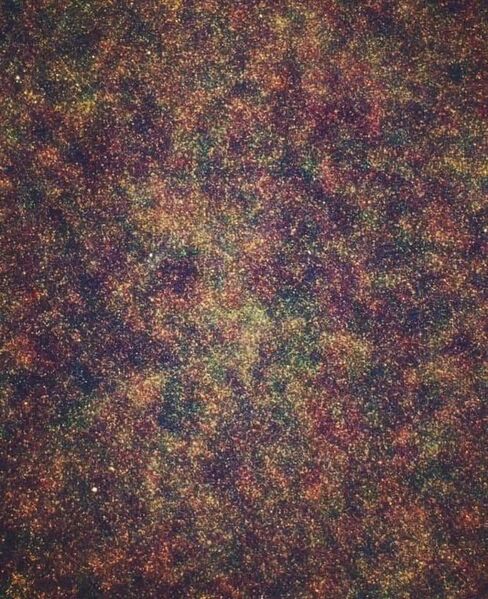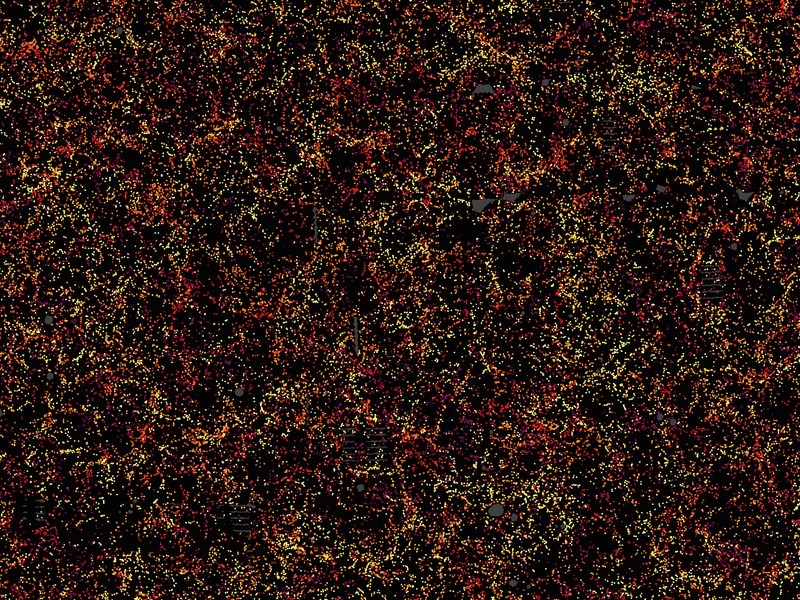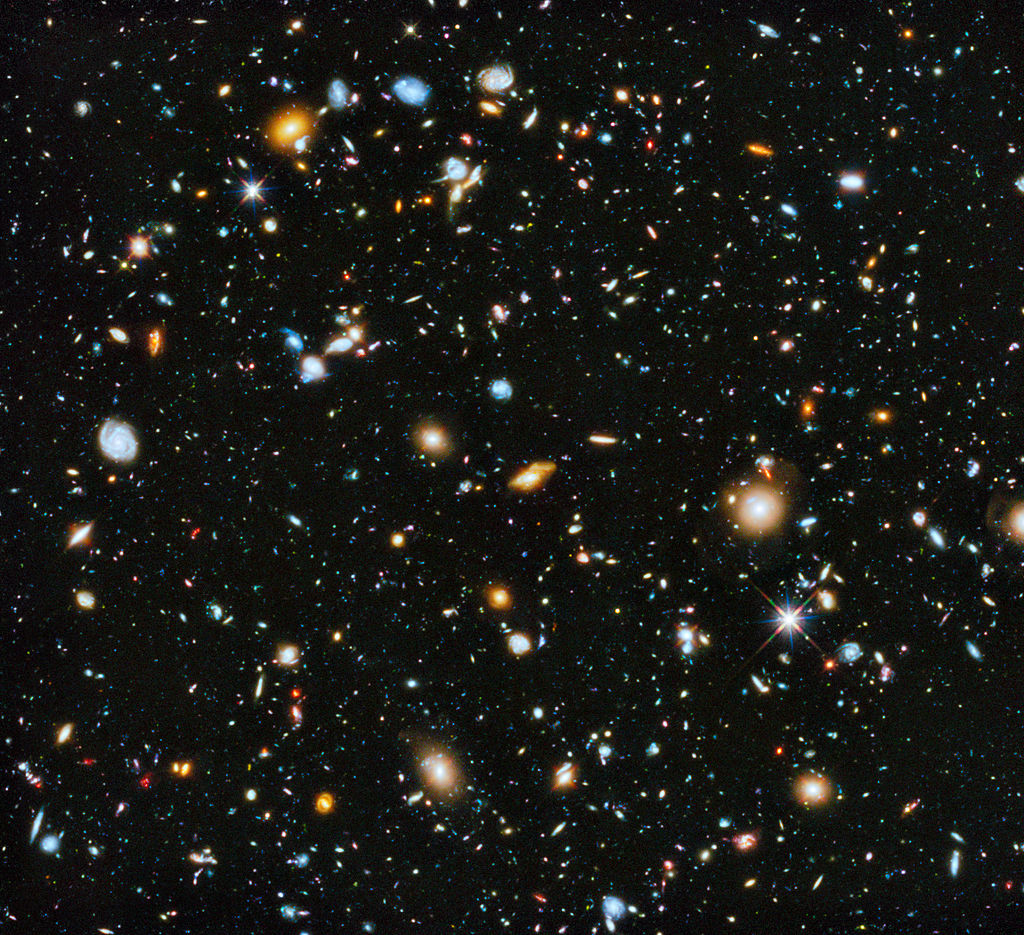File:Star Galaxies Revealed - Origins of Life Mission ESA-NASA.jpg

Original file (782 × 960 pixels, file size: 139 KB, MIME type: image/jpeg)
You are looking at over 140,000 points of light, every one a galaxy containing billions of stars, trillions of planets ....
Photo credit: ESA - European Space Agency
Herschel Space Observatory
ESA Herschel 'Revealing the Invisible'
(2009) https://www.cosmos.esa.int/web/herschel/sneak-preview
Herschel was the fourth and final cornerstone mission in the Horizon 2000 programme, following SOHO/Cluster II, XMM-Newton and Rosetta. NASA is a partner in the Herschel mission, with US participants contributing to the mission; providing mission-enabling instrument technology and sponsoring the NASA Herschel Science Center (NHSC) at the Infrared Processing and Analysis Center and the Herschel Data Search at the Infrared Science Archive.
The observatory was carried into orbit in May 2009, reaching the second Lagrangian point (L2) of the Earth–Sun system, 1,500,000 kilometres (930,000 mi) from Earth, about two months later. Herschel is named after Sir William Herschel, the discoverer of the infrared spectrum and planet Uranus, and his sister and collaborator Caroline Herschel.
The observatory was capable of seeing the coldest and dustiest objects in space; for example, cool cocoons where stars form and dusty galaxies just starting to bulk up with new stars. The observatory sifted through star-forming clouds—the "slow cookers" of star ingredients—to trace the path by which potentially life-forming molecules, such as water, form.
~
7 Billion-Year-Old Stardust Is Oldest Material Found on Earth
Scientists recently identified the oldest material on Earth: stardust that's 7 billion years old, tucked away in a massive, rocky meteorite that struck our planet half a century ago.
Stars have life cycles. They're born when bits of dust and gas floating through space find each other and collapse in on each other and heat up. They burn for millions to billions of years, and then they die. When they die, they pitch the particles that formed in their winds out into space, and those bits of stardust eventually form new stars, along with new planets and moons and meteorites. And in a meteorite that fell fifty years ago in Australia, scientists have now discovered stardust that formed 5 to 7 billion years ago -- the oldest solid material ever found on Earth.
"This is one of the most exciting studies I've worked on," says Philipp Heck, a curator at the Field Museum, associate professor at the University of Chicago, and lead author of a paper describing the findings in the Proceedings of the National Academy of Sciences. "These are the oldest solid materials ever found, and they tell us about how stars formed in our galaxy."
The materials Heck and his colleagues examined are called presolar grains-minerals formed before the Sun was born. "They're solid samples of stars, real stardust," says Heck. These bits of stardust became trapped in meteorites where they remained unchanged for billions of years, making them time capsules of the time before the solar system...
But presolar grains are hard to come by. They're rare, found only in about five percent of meteorites that have fallen to Earth, and they're tiny -- a hundred of the biggest ones would fit on the period at the end of this sentence.
File history
Click on a date/time to view the file as it appeared at that time.
| Date/Time | Thumbnail | Dimensions | User | Comment | |
|---|---|---|---|---|---|
| current | 14:36, 21 November 2020 |  | 782 × 960 (139 KB) | Siterunner (talk | contribs) |
You cannot overwrite this file.
File usage
The following 3 pages use this file:

